Rhodonite
A mineral of the class silicates and germanates.
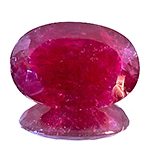
Exceptionally large (28.96cts!) specimen from Brazil
Origin of name: firstly described in 1819 by German mineralogist Christoph Friedrich Jasche, who named it after the Greek word for rose (ρόδον). Type locality is the Kaiser Franz Mine in Schävenholz near Elbingerode (Harz, Germany).
Quelle: Wikipedia
Synonyms and trade names: in mineralogy one might encounter names like Pajsbergite, Hermannite or Hydropite. In gemmology only Rhodonite is used.
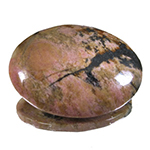
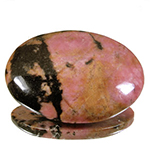
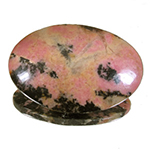
Rhodonite with typical black inclusions of manganese oxide
Location: Australia
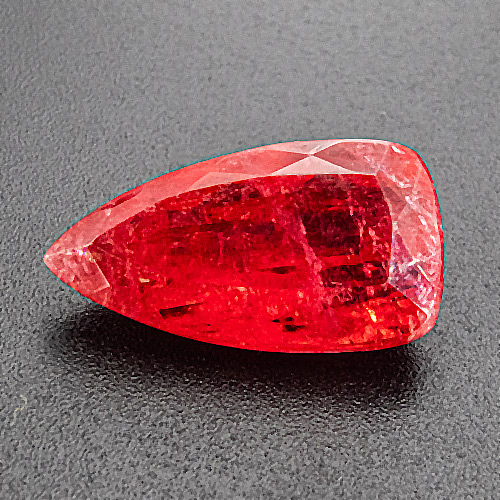
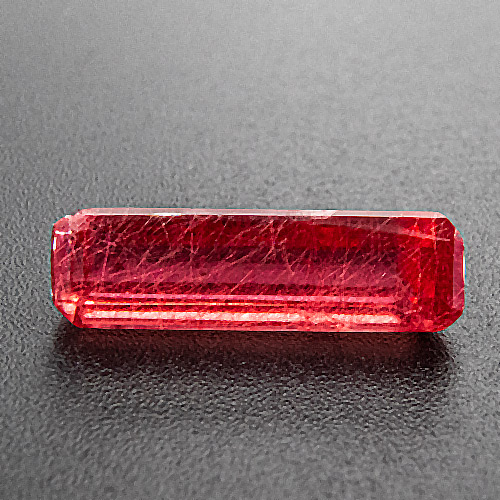
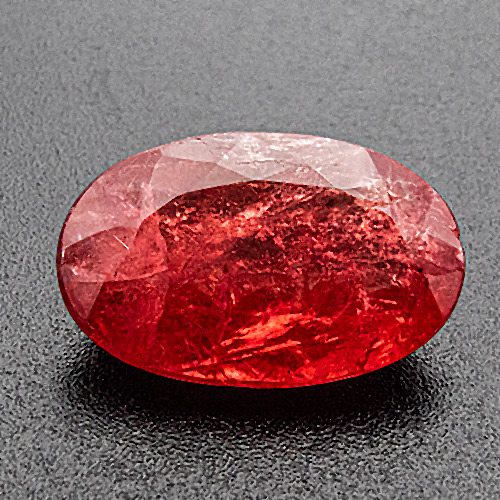
Three very rare gem quality Rhodonites from Brazil
Can be confused with: Thulite (a variety of zoisite), Rhodochrosite and, above all, with Pyroxmangite, a chemically identical polymorph which, contrary to Rhodonite, forms in high-pressure and low-temperature environments. Both minerals may occur together, for instance in the Sterlin Mine (New Jersey, USA).
Localities: so far (July 2019) more than 1000 locations on all continents including Antarctica are know.
Most important are Argentina, Australia, the USA, Japan and Brazil.
In Austria about 40 deposits are known.
Handling: due to it´s perfect cleavage Rhodonite is one of the most difficult gems to cut. It must be set and worn with great care. Do not clean ultrasonically. Sensitive to acids
 Deutsch
Deutsch